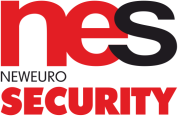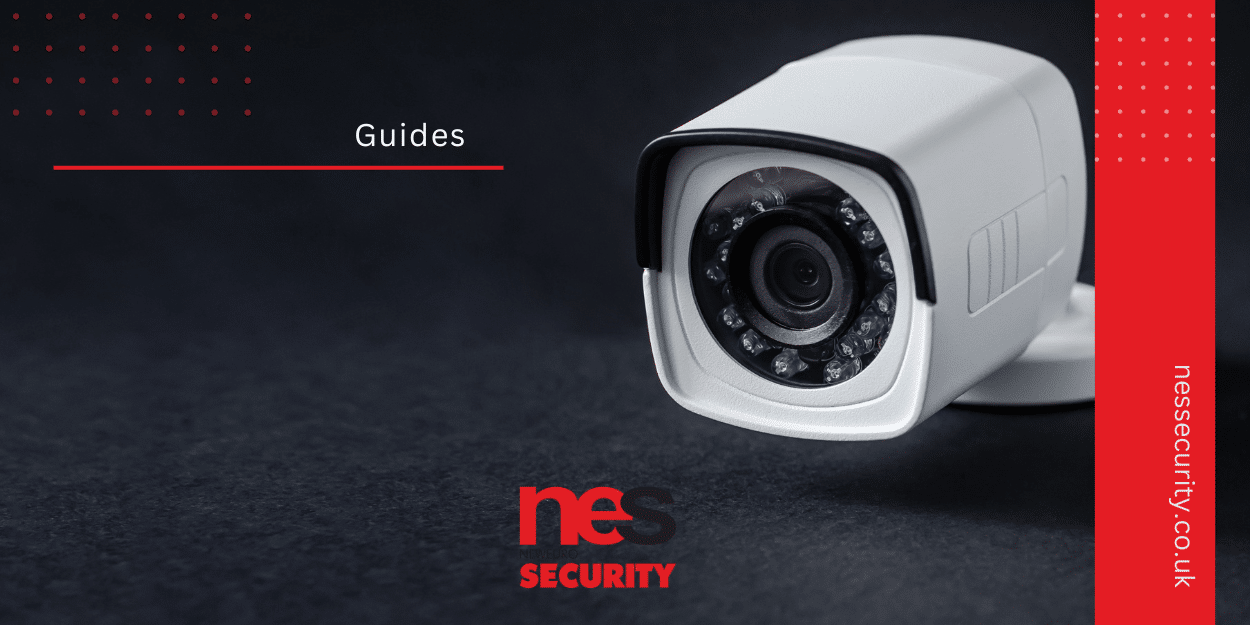In an age of technological advancement, security solutions have evolved to encompass a wide array of tools and strategies. One of the most prominent contributors to modern security is Closed-Circuit Television (CCTV) cameras. These cameras play a pivotal role in safeguarding homes, businesses, public spaces, and critical infrastructure. Understanding how CCTV recording works is essential for making informed decisions about its implementation and optimisation.
In this comprehensive guide, we’ll delve into the intricate mechanisms of CCTV recording, from the capture of visual data to its storage, retrieval, and analysis. Moreover, we’ll explore how NES Security, a respected authority in security solutions, can guide you through the intricacies of CCTV recording, ensuring its seamless integration into your security framework for maximum effectiveness.
The Anatomy of CCTV Recording: Unveiling the Process
- Image Capture: The journey of CCTV recording begins with the camera’s lens capturing visual data from its surroundings. This captured information is then converted into an electronic signal through the camera’s image sensor.
- Signal Processing: The electronic signal undergoes signal processing within the camera itself. This involves enhancing the quality of the captured image through adjustments such as colour balance, exposure settings, and noise reduction.
- Encoding: The processed image signal is then encoded into a digital format, often utilizing compression algorithms such as H.264 or H.265. Compression reduces the file size of the footage while preserving image quality, making it easier to store and transmit the data.
- Storage: The encoded footage is sent to a storage device, which can range from a physical Digital Video Recorder (DVR) or Network Video Recorder (NVR) to cloud-based storage solutions. The storage capacity of these devices determines the quantity of footage that can be retained before older recordings are overwritten.
- Timestamping: Each frame of captured footage is assigned a timestamp, allowing for the chronological organisation of events. Timestamps are invaluable for later retrieval, analysis, and reference during investigations.
- Retention Period: Administrators can define the retention period, specifying how long recorded footage should be retained before being automatically deleted or overwritten. The retention period depends on various factors, including storage capacity and legal requirements.
- Playback and Retrieval: When required, the recorded footage can be retrieved and played back. Users can select specific dates, times, and camera feeds to view events of interest. Playback options include real-time speed, fast forward, rewind, and frame-by-frame analysis.
- Remote Access: Modern CCTV systems often allow for remote access to recorded footage via mobile applications or web interfaces. This feature enables users to view live and recorded footage from any location with an internet connection.

NES Security’s Role: Orchestrating Efficient CCTV Recording
NES Security brings a wealth of expertise to the table when it comes to optimising the process of CCTV recording. Their professionals understand the nuances of camera placement, image quality, data retention, and remote accessibility. By collaborating with NES Security, you’re guided through the complexities of CCTV recording to make informed decisions that not only enhance the efficacy of your security system but also provide cost-effective solutions.
Critical Factors Influencing Recording Quality and Storage
- Camera Quality: The quality of a camera’s image sensor, lens, and overall construction significantly impacts the clarity and detail of the captured footage. Cameras with higher resolutions provide more detailed images, but this comes at the cost of increased storage requirements.
- Frame Rate: Frame rate refers to the number of frames, or images, captured per second. A higher frame rate results in smoother video playback but demands more storage space.
- Compression: Compression algorithms strike a balance between image quality and storage efficiency. Higher compression ratios reduce file sizes while maintaining satisfactory image clarity.
- Storage Capacity: The storage device’s capacity directly dictates how much footage can be accommodated. Larger storage capacities allow for longer retention periods, but this should be carefully balanced against the associated costs.
- Retention Period: The duration for which footage is retained plays a critical role in storage requirements. Regulatory compliance and the potential need for evidence in investigations are key factors influencing this decision.
Real-Life Applications of CCTV Recording
- Crime Deterrence: One of the primary benefits of CCTV cameras is their deterrence effect. The mere presence of cameras can discourage criminal activities, as individuals are aware that their actions are being monitored and recorded.
- Incident Analysis: In the unfortunate event of an incident, recorded footage serves as invaluable evidence for investigations. Security personnel and law enforcement agencies can analyse the timeline of events, identify involved parties, and reconstruct the sequence of occurrences.
- Employee Oversight: In workplace environments, CCTV recording contributes to monitoring employee behaviour, ensuring compliance with safety protocols, and addressing potential concerns or disputes.
- Traffic Surveillance: Traffic management and law enforcement heavily rely on CCTV cameras to monitor traffic flow, detect accidents, and track violations.
- Retail Security: Retail establishments leverage CCTV recording to monitor activities such as shoplifting, track the movement of inventory, and enhance overall security for staff and customers.
- Public Safety: Public spaces, including parks, streets, transportation hubs, and public buildings, benefit from CCTV recording by ensuring the safety of individuals, monitoring crowd behaviour, and responding promptly to emergencies.

NES Security: Your Partner in Effective CCTV Recording
NES Security’s role in optimising CCTV recording processes is pivotal to its commitment to security excellence. Their experts understand that effective recording involves a synergy of cutting-edge camera technology, strategic placement, data management, and seamless remote access. By collaborating with NES Security, you gain access to a partner who empowers you to establish a comprehensive surveillance ecosystem that capitalises on the potential of CCTV recording.
The Empowering Potential of CCTV Recording
CCTV recording constitutes an integral pillar of modern security strategies, offering a dynamic blend of deterrence, documentation, and evidentiary capabilities. Its mechanisms, from image capture to remote access, form the bedrock of efficient security systems. By partnering with NES Security, you transcend the limitations of individual components and embark on a journey to harness the full potential of CCTV recording. Your security framework becomes a strategic asset that safeguards assets, mitigates risks, and instils peace of mind across various settings. As technology evolves, NES Security remains at the forefront, ensuring that you remain equipped to navigate the ever-changing landscape of security and surveillance.


